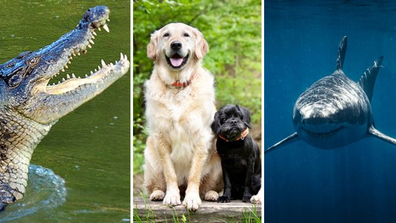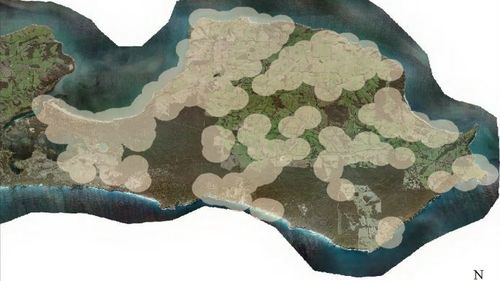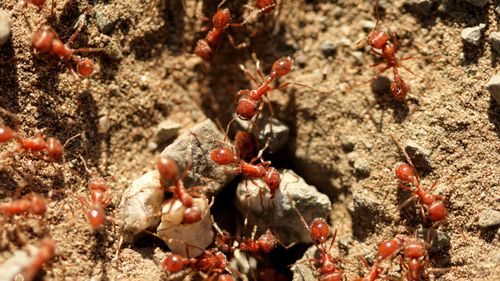About 24 of those can be directly linked to a particular invasive species, which has caused more environmental damage in Australia than any other continent.
The destruction can be traced back to a single culprit: the feral cat, which kills more than 1.5 billion native mammals, birds, reptiles, and frogs, as well as 1.1 billion invertebrates annually.

The Invasive Species Council’s principal policy analyst Dr Carol Booth told 9news.com.au that introduced species, particularly cats, were the biggest driver of extinction.
“Feral cats and red foxes have caused a massive number of extinctions in Australia of mammals… Australia has lost more native mammals by far than any other country because of them,” she said.
New data shows that cats are continuing to wreak havoc on local wildlife.
The Invasive Species Council said it recently discovered a number of seriously endangered native animals were being killed off on South Australia’s Kangaroo Island.

Species such as the southern brown bandicoot, Kangaroo Island echidna, and western whipbird – all unique to the island – have become the victims of the feral cat.
According to the council, stomach content analysis from 263 feral cats found they prey on over 50 species, including critically endangered animals on the island such as the Kangaroo Island dunnart.
There’s currently a program underway to eradicate feral cats from the Dudley Peninsula on Kangaroo Island, however the council warned it was being undermined by an outdated law which stopped feral cats from being killed within 1km of a residential dwelling.

The deadliest animal in Australia over the past 20 years revealed
“The environmental toll from feral cats is hard to overstate,” Invasive Species Council advocacy director Jack Gough said.
“By this time tomorrow, over five million native mammals, birds, reptiles and frogs will have been killed by the millions of feral and roaming pet cats in Australia.
“Cats have driven at least 25 of our native species to extinction and without serious action to eradicate them, Kangaroo Island could lose iconic native wildlife like dunnarts, bandicoots and echidnas.
“No one likes to see feral cats killed, but the sad reality is that we have a choice to make between effectively eradicating feral cats on Kangaroo Island or seeing native species like dunnarts and bandicoots disappear forever.”

Invasive species everywhere
It’s not just cats and foxes causing problems and harming the Australian landscape. Fire ants, feral deer and wolf snakes are also keeping authorities busy.
“We’ve lost other species because of introduced black rats and they have primarily been a problem on islands,” Booth told 9news.com.au
“For example, they’ve sent several bird species, island bird species, extinct. Lord Howe Island has recently eradicated black rats with amazing results for a lot of wildlife that the rats were eating.
“We’ve got other predators as well. There is the wolf snake on Christmas Island which has sent probably four species extinct.
“Rainbow trout and brown trout, which are a major threat to native Australian fish. There are a couple of plant diseases. Myrtle rust, which infects a lot of plants in the family, including the eucalypts.”

Then there’s imported red fire ants, which are one of Australia’s most invasive pests.
Fire ants are spread across about 83,000 hectares in Queensland, including close to the NSW border.
They were recently discovered in NSW, but have since been eradicated there.
Booth said it was extremely difficult to eradicate invasive species, telling 9news.com.au it was easier to do on islands.
“There’s different groups of invasive species and they all have very different impacts but (they can have) devastating impacts for Australia,” she said.





